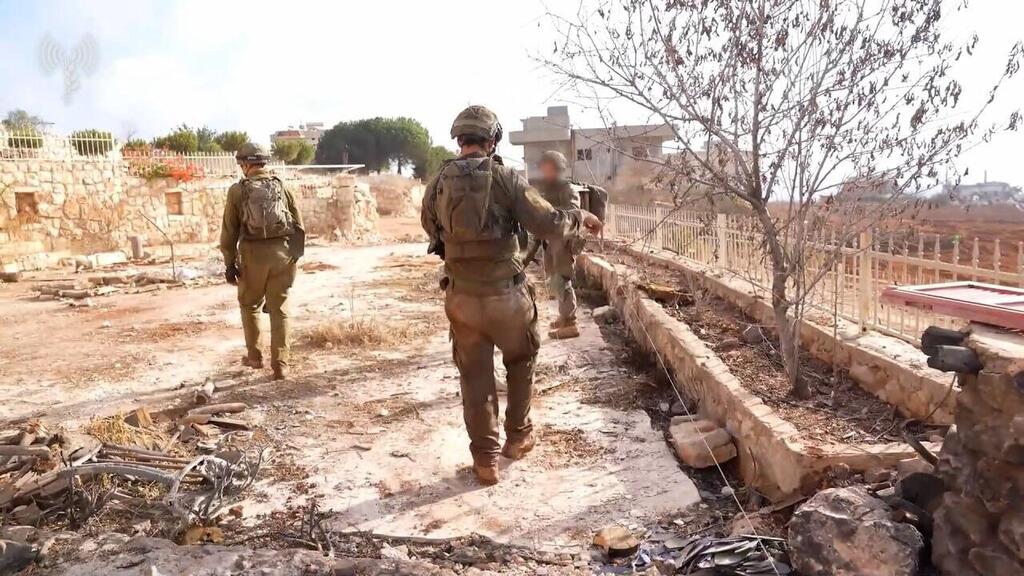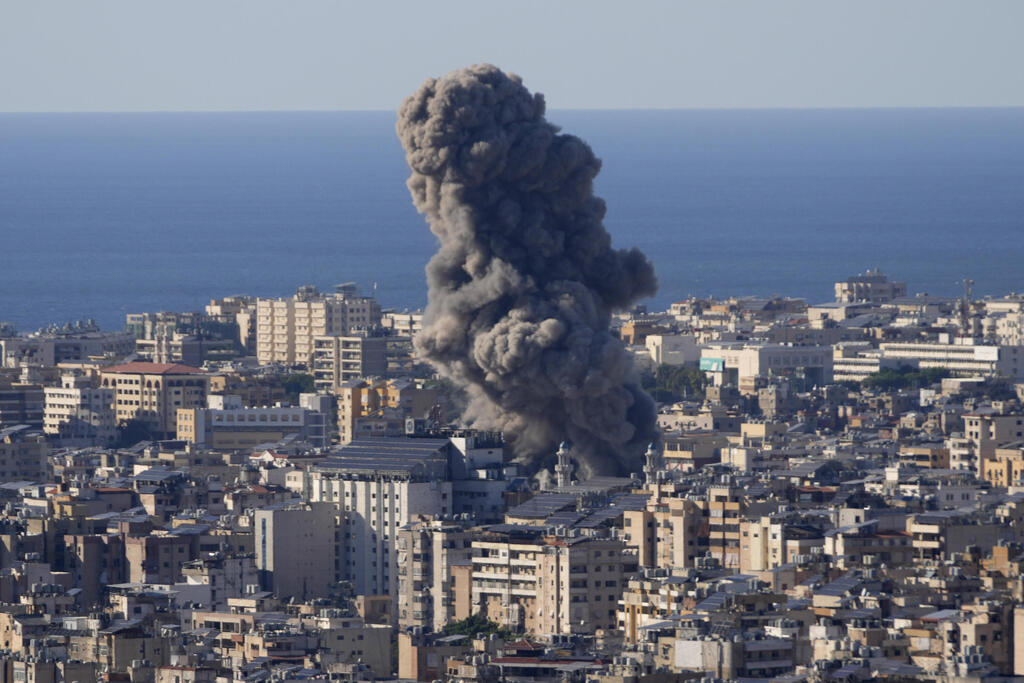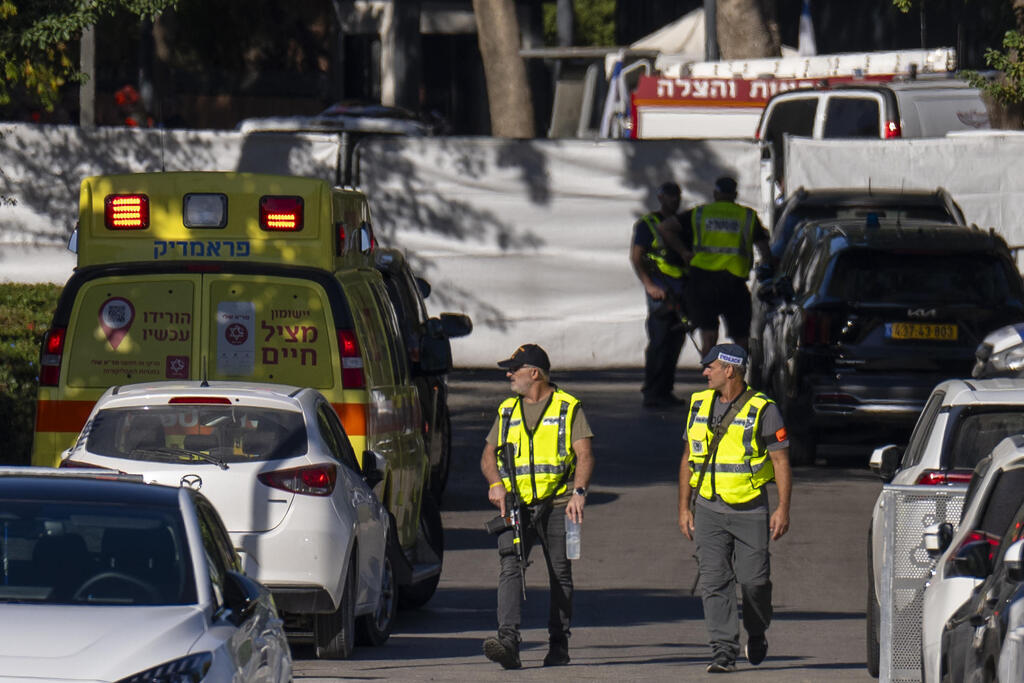Hezbollah has replenished its ranks of commanders and key leadership positions with operatives whose names were previously unknown to Israel, an Israeli official told The New York Times on Saturday.
In an in-depth report, the official explained that these individuals were once lower-level commanders, which has allowed Hezbollah to continue fighting Israel despite heavy losses.
The Lebanese terrorist group, which has faced a series of major blows since September, scored notable successes this week, including a deadly drone strike on a Golani Brigade training base, the launch of a drone toward the residence of Prime Minister Benjamin Netanyahu in Caesarea and the killing of five Golani soldiers in southern Lebanon.
The group also carried out rocket barrages on the Haifa area, resulting in one civilian death. Another incident involved an attempt to abduct an IDF commando, highlighting Hezbollah’s gradual recovery on the battlefield. While these actions fall short of Israel's pre-war expectations, they signal a troubling shift after Hezbollah's diminished capabilities in recent months.
According to a Reuters report last week, Hezbollah is preparing for a protracted war of attrition in southern Lebanon. The group's military leadership has been nearly wiped out, but a new command structure has taken over, directing rocket fire and combat operations. Sources within Hezbollah also told Reuters that the group still possesses a significant stockpile of weapons, including precision-guided missiles that have yet to be deployed.
Western diplomats have expressed concern that Israel’s limited operation in Lebanon may escalate into a prolonged war, urging Israel to leverage its successes to secure a deal that distances Hezbollah from the border.
Israeli Air Force strikes Hezbollah targets in Dahieh, Beirut
(Video: IDF Spokesperson's Unit)
5 View gallery
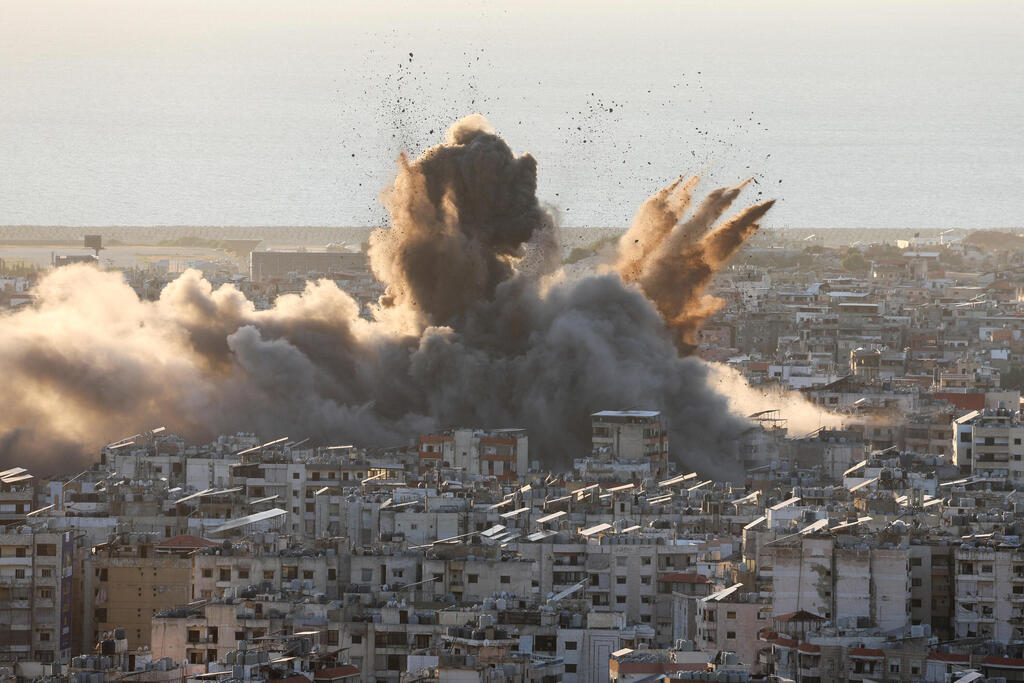

Israeli Air Force strikes Hezbollah targets in Dahieh, Beirut
(Photo: REUTERS/Mohamed Azakir)
Following the assassination of Hezbollah Secretary-General Hassan Nasrallah in Beirut's Dahieh district, Hezbollah established a new operations center within 72 hours, enabling terrorists in southern Lebanon to continue rocket launches and combat under direct orders.
A Hezbollah field commander said the group’s fighters are acting "according to front-line capabilities," with the new leadership operating in complete secrecy. The commander described the current command structure as a "small circle" with direct contact with the battlefield.
5 View gallery
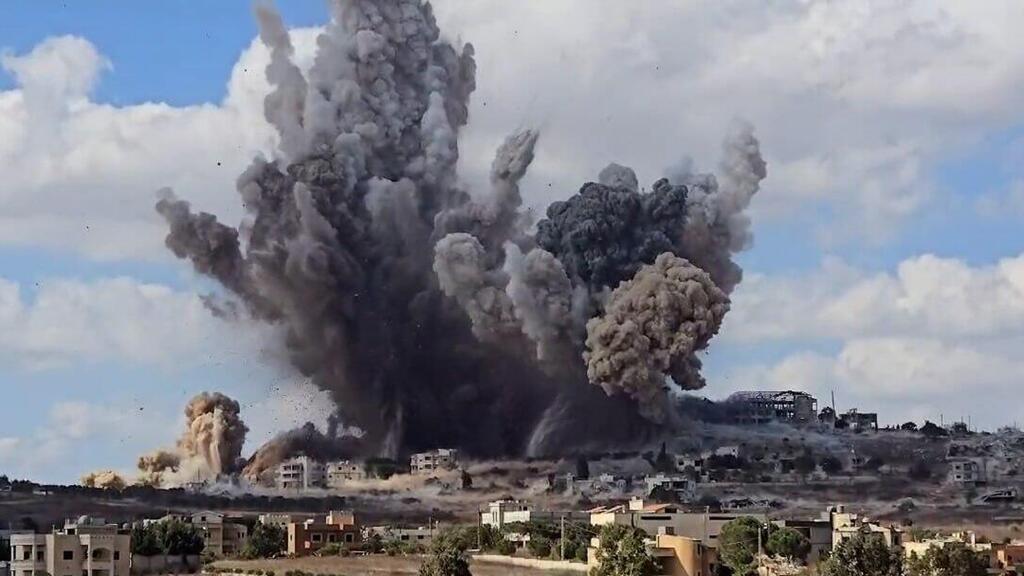

IDF soldiers destroy four underground Hezbollah facilities
(Photo: IDF Spokesperson's Unit)
In response to Hezbollah's actions, the IDF resumed airstrikes on Beirut’s Dahieh district on Saturday, marking the first strikes since Wednesday, after a six-day halt reportedly at the request of U.S. President Joe Biden. The attacks followed evacuation warnings issued to certain buildings, with extensive damage reported.
The IDF also targeted the previously untouched town of Jounieh, north of Beirut, where a strike on a vehicle killed two people, one of whom was identified by Arab media as a "military commander in Hezbollah intelligence."
Since the Israeli ground operation in southern Lebanon began, IDF forces have cleared several villages, engaging Hezbollah terrorists in close combat. IDF Chief of Staff Lt. Gen. Herzi Halevi estimates that approximately 1,500 Hezbollah fighters have been killed so far, describing the figure as a "conservative estimate."
The IDF also announced on Saturday that it destroyed a central underground command post of Hezbollah’s elite Radwan Force using over 100 tons of explosives. The operation involved 8th Brigade forces and the Combat Engineering Corps' elite Yahalom Unit. The facility contained weapons storage, living quarters and other resources for prolonged occupation.
IDF soldiers destroy four underground Hezbollah facilities
(Video: IDF Spokesperson's Unit)
"We stand on the ruins of a Hezbollah tunnel that was intended for an attack on Galilee communities," Galilee Division Commander Brig. Gen. Shai Klaper said after the operation."
"The 8th Division, 91st Division and the Yahalom Unit did outstanding work here, leaving no trace of the tunnel. This area is completely devastated. In the nearby village, which has been transformed into a military stronghold, it is now uninhabitable. Wherever Hezbollah attempts this, we will destroy them to the end."
Thousands of rockets and more than 1,000 drones
According to Ynet military correspondent Ron Ben-Yishai, Hezbollah still retains a significant arsenal of thousands of short- and medium-range rockets and missiles, including precision-guided ones, posing a persistent threat to Israel. However, the group may feel it is nearing the limit of what it can achieve through these means.
In contrast, the potential of explosive-laden drones—essentially small cruise missiles—remains largely untapped. While Hezbollah has spoken about deploying "drone swarms," it has yet to launch more than five drones simultaneously against a single target.
We can expect Hezbollah to ramp up its use of explosive drones, as they are harder to detect and intercept when flying low over the terrain, and they offer greater precision. Netanyahu’s home in Caesarea is a relatively easy target for Hezbollah, given its known and publicized location. A drone flying low over the sea from Lebanon could potentially reach it without being detected, and even if spotted, it would be difficult to intercept.
In Saturday morning's attack, Hezbollah’s drone operators were accurate in their planning, but fortunately, the drones did not hit or come close to Netanyahu’s family, who were not at their Caesarea home at the time.
This wasn't a matter of luck but rather a reflection of Hezbollah’s operators and intelligence failing to execute effectively. Given Hezbollah’s capacity to learn and adapt, we must be better prepared for the next attempt.
This incident also highlighted a new phenomenon: sirens in certain areas without simultaneous alerts from the Home Front Command app. This is part of a new policy aimed at addressing the increased use of drones by Hezbollah, as well as by Shia militias from Iraq and Syria. The policy involves issuing warnings in areas with potential military or civilian targets even if the drones pose no immediate danger but might follow a projected flight path toward these locations.
This shift came after the deadly strike on the Golani base, where the drone evaded interception attempts by planes, helicopters and Iron Dome systems. The downside of this policy is the increased frequency of alerts, which forces residents in affected areas to seek shelter more often. On the bright side, there are promising developments in the pipeline for better detection, interception and the ability to strike drones at their launch sites.
Get the Ynetnews app on your smartphone:



